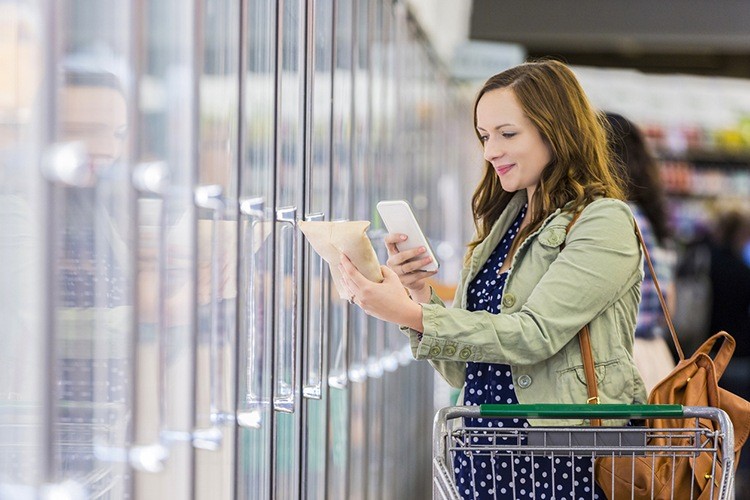As omni channel retail evolves from a new strategy to the status quo, retailers continue investing in creating a seamless experience from online to their brick and mortar stores. From engaging consumers on their mobile phones all the way to optimizing the temperature of their facilities, Internet of things (IoT) applications are helping retailers stay afloat in a stormy sea of competition. Companies like Ikea – the Scandinavian chain known for their ready-to-assemble furniture – are enhancing their customers in-store shopping experience and cutting operating costs through enhanced customer engagement and better operational control.
IoT refers to the ever-growing network of physical objects that feature an IP address for internet connectivity, and the communication that occurs between these objects and other Internet-enabled devices and systems. Examples of interconnected objects include connected security cameras and systems, thermostats, inventory scanners, lighting systems in commercial environments, vending machines, cash management systems, consumer’s smartphones, and more. Industry observers are calling IoT the biggest advance in retail since the invention of the barcode, allowing retailers to better forecast consumer trends and track operating costs and revenues through real-time data.
IoT: Coming to a Retail Store Near You
By implementing an effective IoT strategy, brick-and-mortar retailers enhance their customer experiences, quickly connecting them to product reviews, product marketing, and real-time inventories with personalized mobile web tools. One example is the use of strategically placed sensors throughout the store; retailers can quickly gather information about their shoppers, and make personalized offers at the point of sale.
IoT implementation is also improving supply chain capabilities and efficiencies by making inventory adjustments based off real-time consumer buying trends. Retailers can more efficiently monitor revenue streams through better connectivity in areas that traditionally have been difficult to regulate. Take cash management systems, for example. Cash management systems and robbery deterrent products play a critical role in controlling operating costs and ensuring transparency in both cash transactions and cash-on-hand. IoT connects retail cash management in ways that previously had been hard to control.
Answering the Call
Recognizing the need for connected cash management, Tidel Smart Safes automatically accept, validate, record, and store notes in a secure environment. Businesses who utilize Smart Safes can leverage data and develop predictive models of cash flow usage. This allows retailers to make informed decisions regarding their own personal cash needs, minimizing the need for CIT and bank fees and maximizing cash flow efficiency. Smart Safes are uniquely designed to connect easily into IoT infrastructures, fostering a smooth integration with digital environments. The generation of real-time data makes the smart safe the best partner and complement to data-driven IoT strategies, allowing businesses to not only keep customers happier, but also to improve supply chain capabilities, and open new revenue streams.
To optimize your cash management environment, and start utilizing systems that can easily integrate into your IoT infrastructure, please visit us at Tidel.com.


